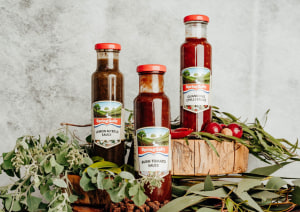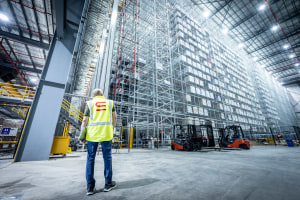If you don’t ask the right questions, you won’t get the right answer. Here are some of the key questions to ask when buying a new liquid filler.
Buying a filler is not that difficult. Buying one that optimal for your product can be. A lot of groundwork must be done before the actual purchase. These include gathering information as a vital first step. Some of these seem obvious but readers might be amazed to find how many are overlooked.
[This article is an excerpt from Chapter 8 of my newest book, Secrets of Liquid Filling.]
- Product
What kind of product is it? Food, pharmaceutical, beverage, household chemical, cosmetic…? Each industry and product will have specific requirements. Some will be determined by regulation, others simply by industry custom and practice.
- Precision requirements
The more precise the filler, the more complex it will be. Complexity increases purchase, maintenance and operating costs. A $1000 pharmaceutical product requires a precise fill volume. A 50-cent juice drink, not so much. Underfilling cheats the customer by giving them less than they are paying for so some overfill is required. But even small overfills can waste a lot of product and money
- Viscosity and flowability
How thick or viscous is the product? Generally, the less viscous the product, the more filling options exist.
- Special properties
You will need to know any special properties the product has or requires. Some of these can include:
- Sterile
- Flammable
- Light sensitive
- Metal sensitive
- Corrosive
- Foamy
- Modified atmosphere requirements
- Vacuum requirements
- …?
- Temperature
Most products are filled at room temperature. Some need to be filled hot or cold. When this is the case heating or cooling will be required to assure a stable temperature from mixing to filling.
- Container
What is the container and the fill volume? How full is the container? A typical bottle with a large main diameter and a relatively small neck diameter will fill slowly until the neck. Then the product level will rise quickly. This can cause control problems. If the product is foamy, the foam will need to be controlled. A long neck bottle may require a deep dive of the filling nozzle to prevent blow-back of the product by the venting air.
Open-mouth containers such as jars or cans, where the neck is the same diameter as the body, can have problems with product splashing. Lightweight PET bottles can be difficult to handle empty because of ease of crushing.
- How is the product brought to the filler?
There are several ways that product can be brought to the filler. It may be produced in another area of the plant and transferred into large portable tanks that are then moved to the filler. Gaylord containers are pallet-sized tanks that are moved by forklift. Product may come in 5- to 10-gallon containers carried to the filler by operators. Product may be piped to the filler directly from the compounding area.
It is important to know how the product will come so that adequate access, reservoir and controls can be provided.
- How does the container come to the filler?
The container can be brought to the filler many ways. On many lines, the container comes to the filler via conveyor from an upstream uncaser, orienter, depalletiser or other system outside the scope of this book. On some lines, the container will be hand-loaded into the filler. If hand-loaded, provision must be made for this in the form of loading area, unscrambler table or other methods.
- Upstream and downstream machines
Most fillers discharge to some type of capper. It is often preceded by an uncaser, depalletiser or bottle orienter. Efficient operation of the filler will depend on how machines work together. The capper, for example, must stop the filler when it stops to prevent containers backing up and causing a jam or worse.
- Workforce
There is usually a tradeoff between fully automatic and fully manual machinery. One of those tradeoffs is the available workforce. More automated machines will require more sophisticated operators and especially technicians to operate and repair it.
More manual machines will require less skilled operating and support staff but usually more of them.
The quantity and ability of the available workforce must be considered when choosing a filler or any other packaging machine.
These are only a few of the questions that need to be answered when buying a filler, or any other packaging machine. The questions and their importance will vary depending on the project.
John Henry is the Changeover Wizard at Changeover.com where he specialises in reducing downtime. He is a prolific contributor to PKN Packaging News, Packaging Digest and other magazines. He has published several books including Secrets of Liquid Filling, Packaging Machinery Handbook, Secrets of Buying Packaging Machinery and several others. All are available on Amazon in paper and electronic formats. He’s always eager to discuss packaging and packaging machinery at johnhenry@changeover.com






